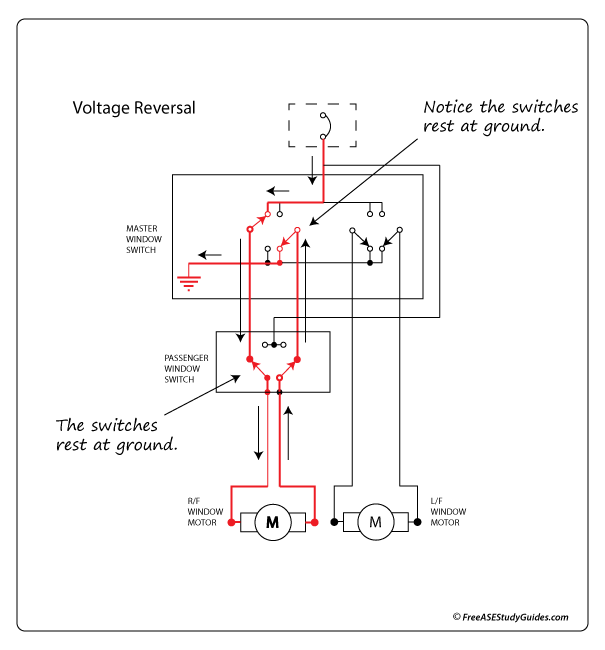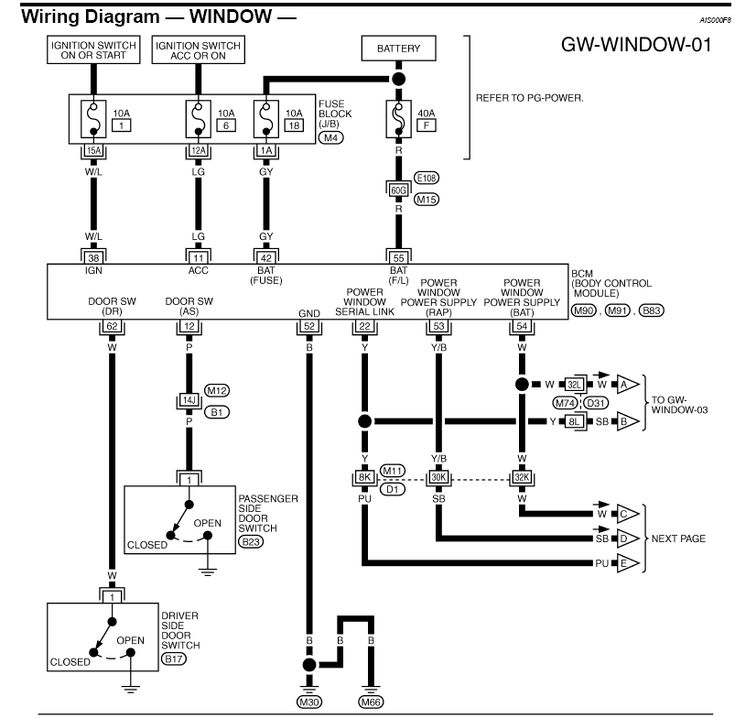Finding Free Driver Side Power Window Switch Wiring Diagrams: Key Resources
Locating accurate, free wiring diagrams for a driver-side power window switch requires targeted approaches. These resources often provide necessary visuals:
1. Official Vehicle-Specific Service Manuals
- Prioritize manufacturer repair manuals for your exact vehicle year, make, and model. These contain definitive circuit diagrams.
- Look for sections titled "Power Windows," "Body Electrical," "Door Systems," or "Wiring Diagrams." Component location diagrams are often adjacent.
- Search online repositories (using queries like "[Your Vehicle Year Make Model] service manual wiring diagram filetype:pdf"). Many exist in publicly accessible spaces.
2. Specialized Automotive Repair Information Systems (Require Local Installation)

- Software tools like Mitchell 1 or ALLDATA offer comprehensive diagrams but are typically paid subscriptions. Limited free trials sometimes exist.
- Dealer-level diagnostic systems (e.g., MB STAR for Mercedes-Benz) contain extensive wiring data. While primarily commercial, independent shops might offer diagram lookups.
3. Dedicated Online Automotive Repair Forums
- Active forums specific to your car brand/model are invaluable. Members frequently upload scanned wiring diagrams from manuals.
- Search forum archives using keywords: "power window wiring diagram", "master switch schematic", "[Your Vehicle] window circuit".
- Include visuals like switch connectors in your query. Members often post photos alongside diagrams.
4. Basic Wiring Principles for Interpretation (When Visuals Exist)
- Pin Labels & Colors: Identify terminals like "LSW" (Lock/Unlock Switch), "UP", "DOWN", ground symbols. Trace wire colors consistently.
- Power & Ground: Find constant power sources (often labeled "B+" or "Battery") and chassis ground points ("GND").
- Switch Function: Understand how the switch directs power to the motor (Up/Down). Diagrams show the motor circuit's control path through the switch contacts.
- Component Location: Cross-reference diagrams with component location charts to identify physical parts near the switch.
Critical Considerations
Accuracy is Paramount: Double-check sources against your vehicle. Incorrect diagrams can damage circuits.
Complexity: Modern systems involve modules. Diagrams may show signals to a control unit rather than direct motor wires.
Visual Scrutiny: Examine wiring diagrams closely for connector views, terminal numbering (e.g., X1 pin 7), and any switch-specific sub-diagrams within the power window section.


